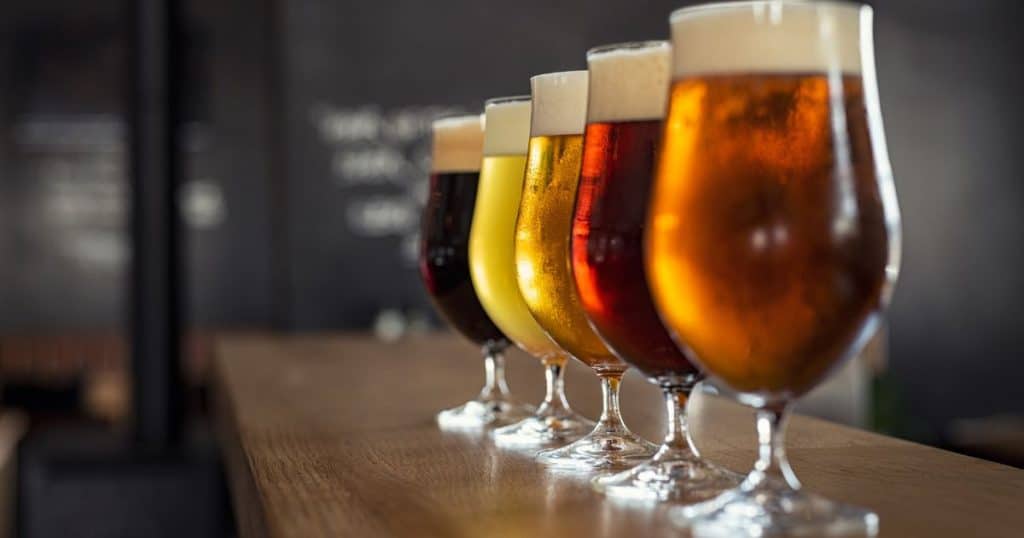The Brewer’s Tale: How beer went from being suspicious to delicious

The wise Homer once famously declared: “Alcohol: the cause and solution to all of life’s problems.” That’s Homer J Simpson of course, not THE Homer of Iliad and Odyssey fame. Even so, the yellow man with four fingers makes a very good point. When you examine the relationship society has with alcohol – from a […]
The Inspiration behind The Brewer’s Tale: or What Was I Drinking?

Authors often get asked where their inspiration for writing a particular story came from. Some people have been very curious as to what motivated me to write a tale about a medieval brewer and all things brewing – particularly when they discover I don’t drink beer. The simple answer as to what inspired me is, […]
“This is true love… you think this happens everyday?”
Ten points if you can guess where that quote comes from… if you can’t, I will reveal at the end of the blog… So, here we are, another year. Happy New Year! I really hope that whatever plans you’ve made (even not making any), come to fruition and that you have many adventures, love and […]
Somerset Celebration of Literature: A Wrap Up
Last week, I spent three glorious days, immersed in books, reading, writing, readers and authors at the fabulous Somerset Celebration of Literature on the Gold Coast. I was star-struck, awed by accomplishments and performances, relished long and often very funny conversations in the Green Room, loved meeting authors I knew and loved and many whom I didn’t […]
Belated Happy New Year and look back to 2011
Hi everyone and a belated but no less sincere happy New Year to you. After a tumultuous 2011, I am looking forward to 2012 – to finding the time to write and read. With this in mind, and before I start uploading some reviews for books I have read over the Xmas and New Year […]
Loss, Grief and the Healing Power of Words
I have been absent a while, haven’t I? For that I’m so sorry and please, I ask that you read and accept this blog as a rather poor attempt to both apologise and explain why before I beg your forgiveness and let you know that I’m back and invite you to return as well… The […]
Merry Christmas and an update
Well, what a year 2010 has turned out to be. Firstly, I feel I have to apologise for being so tardy about my website. What started with a wonderful launch mid year and a terrific response from everyone, and great intentions from me, soon dwindled until I think my last blog was a few months […]
FaceBook Official Page
Hi everyone! After some deliberation and a great deal of procrastination, I decided to also launch a FaceBook ‘fan’ page (thank you for all your help, Sara!) as a complement to the website. That way, I can chat with you all with greater ease and you can talk to each other as well. I have […]
Sara’s blog on the silence of the dying
Ever since having Cancer, I have become acutely aware of not only how many others are struck with this awful disease, and the differences and similarities between sufferers, survivors and their struggles as well as the reactions of loved ones and the community, but my own mortality as well. There are very few people I […]
Mother, Marriages and Mourning
Mothers, marriage and loss – the story of my relationship with my mother – in brief
